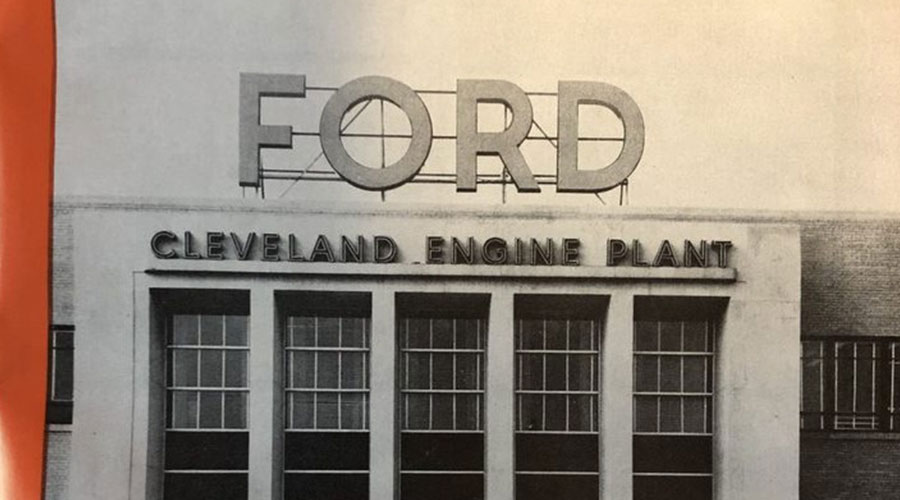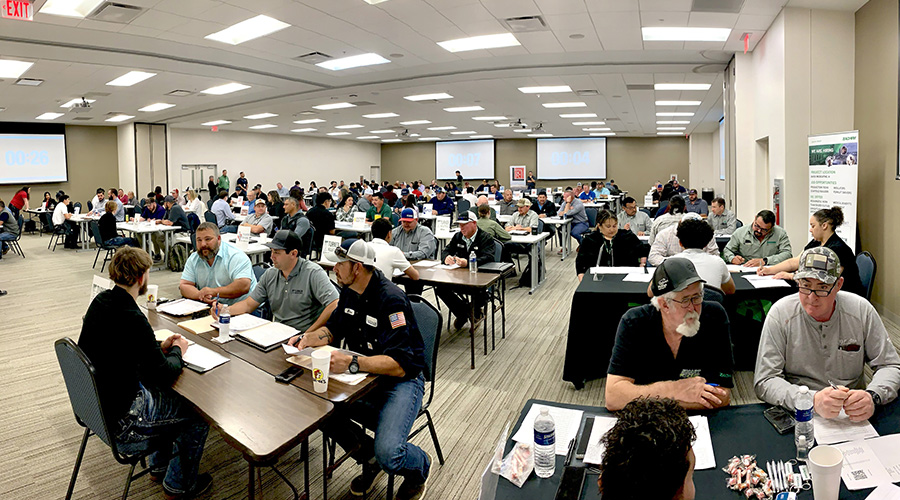Sustainability Is Cornerstone Of Lawrence Berkley National Laboratory's Culture, Research
For the FMXcellence honorees, as for all successful FM departments, the winning strategies are part of an ethos that permeates their organization. That is certainly the case at TD Bank and Lawrence Berkeley National Laboratory (LBNL). As a U.S. Department of Energy (DOE) Office of Science lab, a lot of the research at LBNL focuses on sustainability concerns. It is only natural that the lab's facilities division would likewise focus on sustainability.
The lab also has to answer to President Obama's sustainability measures and the DOE Secretary's departmental orders regarding green house gas reductions, energy savings, and water use reductions, including Executive Order 13423 and the Energy Independence and Security Act of 2007. "Sustainability has really started to become ingrained in our laboratory," says Ken Fletcher, LBNL deputy division director for facilities. "We have a lot of programs now that if they were cut out (due to budget cuts), they would cost us more money in energy costs."
The Berkeley, Calif. campus covers 203 acres with 107 buildings and serves a staff of about 4,000 and more than 1,200 guest researchers. With such a large portfolio, LBNL uses a facility condition assessment tool that evaluates both standard facility conditions and also sustainability conditions. This helps to evaluate the status of existing buildings and identify the most-effective means to meet mandated sustainability requirements. It also uses DOE's Green Building Assessment tool to make sure rehab dollars are optimized.
The Molecular Foundry, a 96,000- square-foot lab focused on nanotechnology research, achieved LEED Gold in 2007 and set the bar for future new construction and significant renovations at the lab, which now must earn at least a Gold certification. For example, the Advanced Light Source User Support Building met that standard in 2011.
Efforts to curb energy waste have yielded over $600,000 in utility rebates. Analysis of fleet vehicle usage drove a reduction of 36 percent, with a quarter of the remaining fleet being converted to electric vehicles and another half using Ethanol 85. In January 2011, a recycling system was put in place to use approximately 500,000 gallons of neutralized rinse water from an acid-etching process in one of Building 70A's labs to use in the building's cooling tower, water which otherwise would have been discharged into the sewer. Of the total campus' roof area, 44 percent have cool roofs, most covered in "Berkeley Grey" to cut down glare for uphill neighbors. So, from the cutting edge to the everyday, if it touches sustainability there's a pretty good chance you can find an example of it on the LBNL campus.
Tip: Learn From the Best
Lawrence Berkeley National Laboratory has in place an exhaustive list of sustainability strategies, which can be found at commons.lbl.gov/display/sustainlbl/Program+Documents. In addition they have developed master construction specifications to incorporate USGBC LEED criteria, and LBNL welcomes the public to access and use the specifications for their projects, says Fletcher. These can be found at commons.lbl.gov/display/fac/Master+Specifications
Related Topics:


















